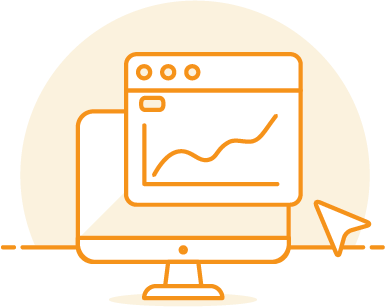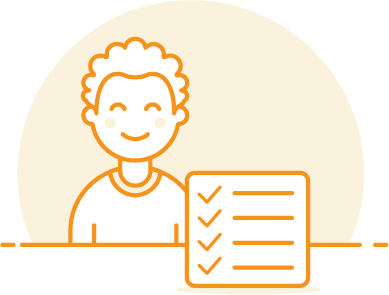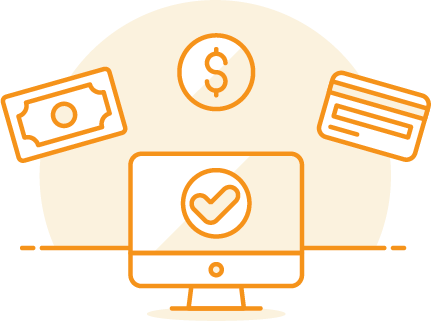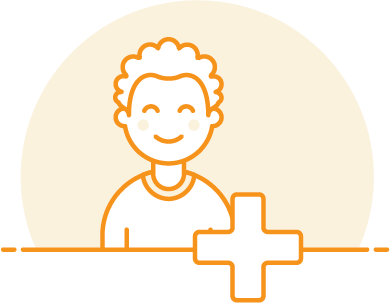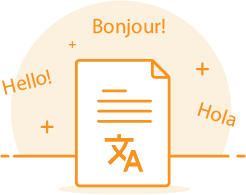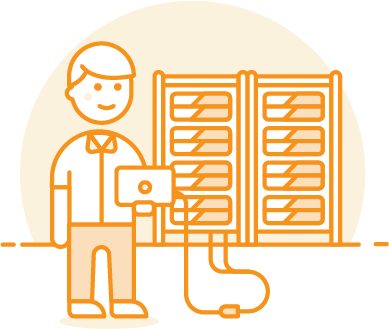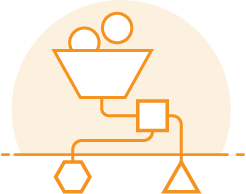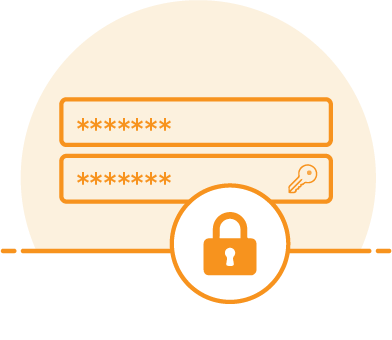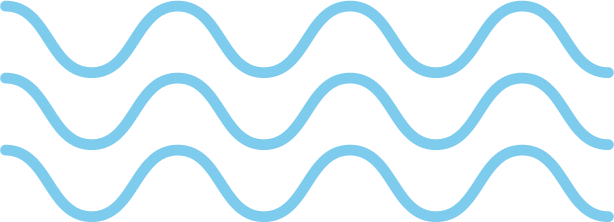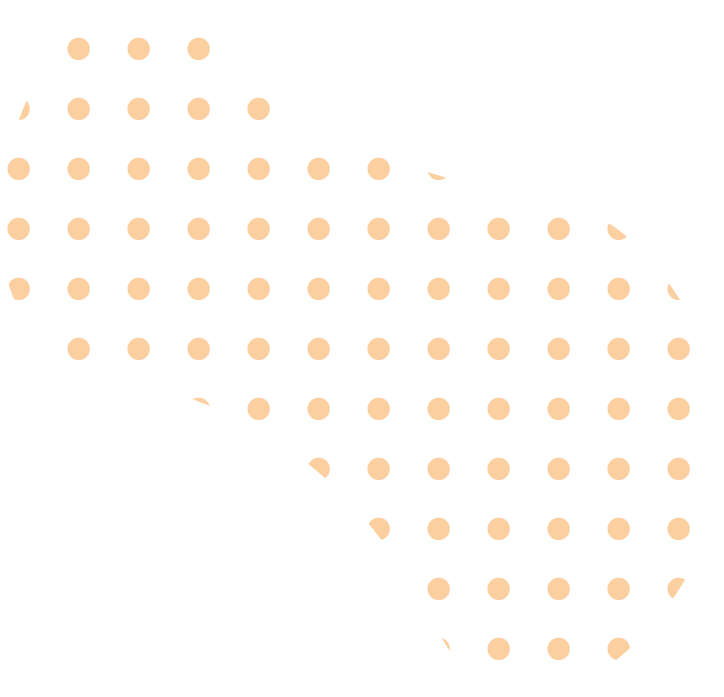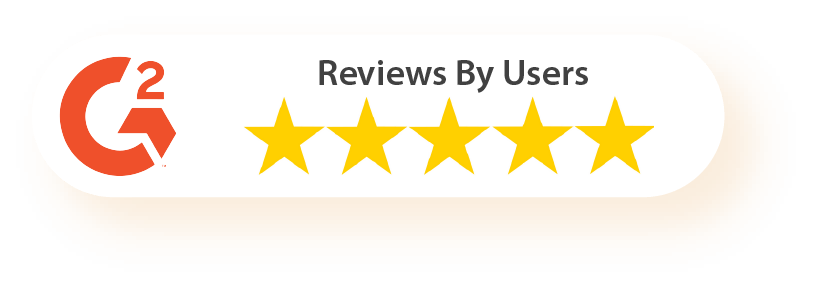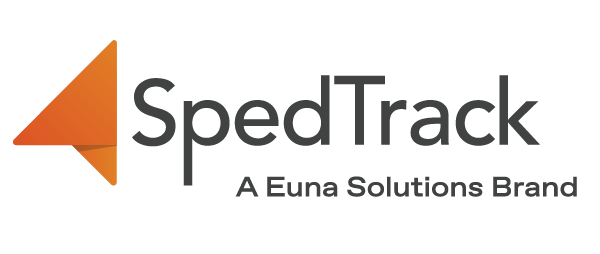What Is Progress Monitoring?
Progress monitoring is the systematic and frequent data collection and measurement of student progress against their IEP goals.
Monitoring student progress aims not only to assess whether learners have met benchmarks, but it is also used to determine which areas children may need extra practice in and identify the resources required for academic achievement.
Information gathered from progress monitoring can also help devise strategies to address student needs through additional instruction and intervention.
According to the Individuals with Disabilities Education Act (“IDEA”), school districts must perform progress monitoring specific to the goals indicated in the Individualized Education Programs (“IEPs”) for special education students.
Despite this law, in the past the US Department of Education found that many school districts and public schools were not adequately monitoring the progress of students on their IEP goals.
Typical areas of concern with IEP progress monitoring not meeting federal requirements include the following:
- Failure to develop or implement progress monitoring plans by IEP teams
- Improper delegation of progress monitoring responsibilities
- Not using appropriate measures or quantifiable IEP goals
- Infrequent or inconsistent progress monitoring that fails to meet IDEA requirements or present meaningful data
Not having regular and adequate progress monitoring makes it challenging to know whether students are making headway in their special education programs.
Defining SMART goals and accessing baseline data is a good starting point to ensure accurate progress monitoring that adheres to federal requirements.
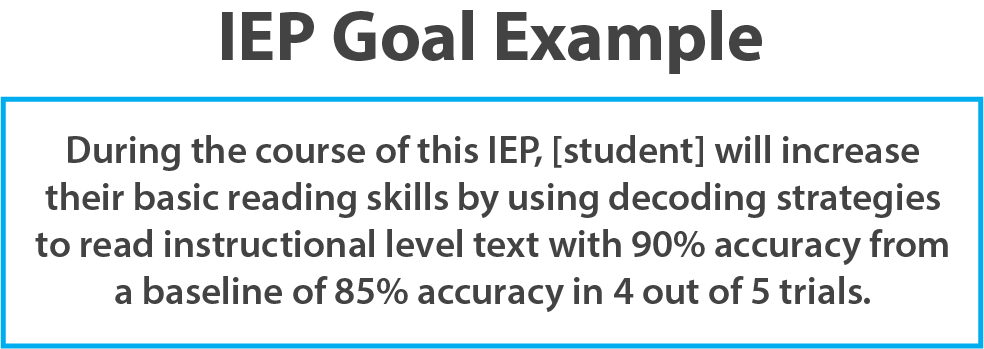
Setting Specific, Measurable, Attainable, Relevant, and Time-based (SMART) goals are crucial elements in the IEP, but it doesn’t end there. Student progress monitoring and should include the following:
- What will be measured (e.g., ability to read)
- How it will be measured (e.g., test scores in reading or teacher observation)
- The student’s Present Level of current academic or functional level in the early implementation of the goal (e.g., ability to read 25 words per minute with no more than ten errors on 3 out of 5 pages)
- The period that should measure the event or behavior (e.g., ability to read 25 words per minute with no more than ten errors on 3 out of 5 pages within the week)
What are Quarterly Progress Reports?
A quarterly progress report is a document created quarterly to monitor student achievement. It is a way to understand whether students in special education are making adequate progress toward IEP goals.
For every progress report, there should be a section for:
- Quarterly progress results
- Quarterly learning goals
- Quarterly learning targets
These should all link back to the annual goals.
Teachers must review and discuss their students’ quarterly progress with the child and parent to see where the learners need support and how the IEP team can help them achieve academic progress.
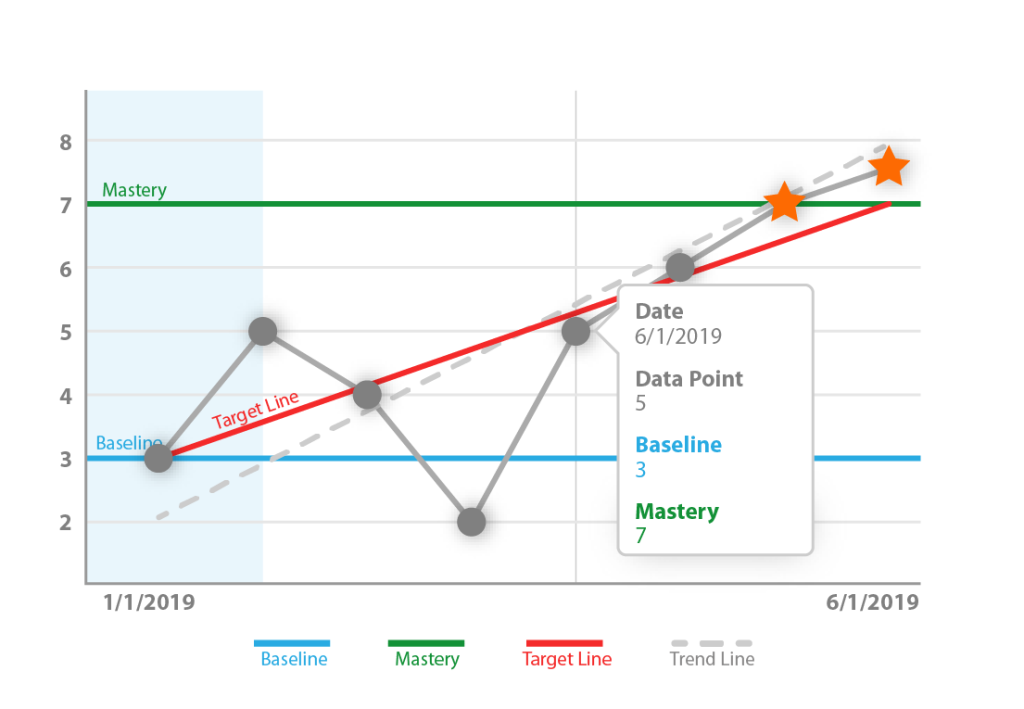
Using progress monitoring tools will aid in this process. For instance, IEP teams could insert a progress monitoring graph displaying real data on the students progress toward their goal. Next-generation tools can even dynamically display trend lines and estimate the students’ projected mastery date.
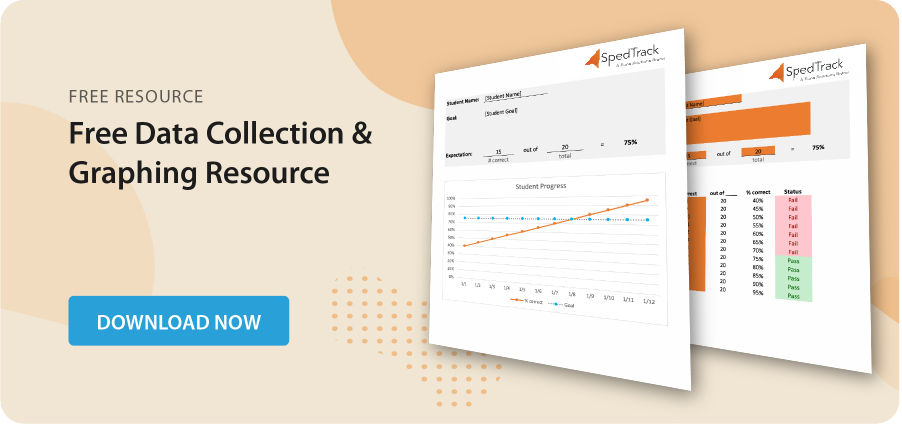
How to Collect Data on Progress Reports
IDEA Sec. 300.320 (a) (3) states that an IEP should include a description of:
- How the child’s progress toward meeting the annual goals will be measured; and
- When periodic reports on the progress the child is making toward meeting the annual goals (such as through the use of quarterly or other periodic reports, concurrent with the issuance of report cards) will be provided
IDEA highlights that IEP data collection should reflect the level of student progress (or lack of progress) accompanied with insights on why the child’s progress has taken place or not. To obtain progress monitoring data, the IEP data collection should include the following steps:
- Locating IEP goals
- Inputting collected data
- Noting student progress
- Demonstrating measurable data progress
Locating IEP goals
IDEA specifies that the IEP should reflect how the child’s progress will be measured.
Defining Specific, Measurable, Attainable, Relevant, and Time-based (SMART) goals should be one of the first steps in IEP data collection. Locating these IEP goals should also be the springboard for progress monitoring.
Starting with the IEP goals ensures that progress monitoring is hinged on defined targets and benchmarks. It will also enable a systematic, quantitative, and objective reporting of the child’s progress in the form of concrete evidence.
Inputting collected data
When putting together collected data, it is vital to perform the following:
- Assign a person who will collect the data frequently and systematically. It can be the special education teacher, general education teacher, and/or special education provider.
- Use objective measurements or quantitative data. These can be in the form of test scores and behavior observation checklists.
- Conduct data collection and measurements frequently. Do it daily, weekly, every other week, or twice a week, depending on the focus area or the child’s Present Level of performance.
- Input the data in a reliable progress monitoring platform to ensure collected data points are tracked regularly and are validated to prevent errors.
Noting student progress
If progress monitoring data shows that there is little student progress, the IEP team can sit down to discuss whether:
- The availability (or unavailability) of resources, accommodations, and services caused the lack of progress
- There is a need for additional resources, accommodations, and services to make appropriate progress and improvement in student performance
- The IEP goal requires adjustment
- The child’s IEP goal is still relevant to the child’s current skill or knowledge
Demonstrating measurable progress data
Quantitative data on the child’s progress may be measured against the performance criteria stated in annual goals.
For instance, annual goals may be something like “an improvement in the ability to read 25 words per minute with no more than ten errors on 3 out of 5 pages.”
Given these parameters, measurable progress data can be obtained by testing the child’s reading skills through regular classwork and in-person reading tests.
These progress monitoring data points may then drive insights and inform instructional decisions.
Progress Monitoring in Special Education
In recent years, progress monitoring in special education has seen some drastic changes thanks to the Endrew F. v. Douglas County School District court case. This case involved a student with autism who was not making any progress on his IEP goals according to his parents.
From this case, a judge determined learners with disabilities and in special education are entitled to a minimum educational benefit from their IEPs. Now, more than ever, has progress monitoring become standard and necessary for the special education classroom.
The collection of progress monitoring data is an ongoing process. Data is collected continuously throughout instruction as observations are taken. Consistent progress monitoring results in a systematic, quantitative, and objective reporting of the child’s progress in the form of concrete evidence.

How Does Quarterly Progress Monitoring in an IEP Help?
Quarterly progress monitoring helps students and parents because it provides meaningful and measurable data and insights on the child’s progress.
Specifically, quarterly progress monitoring in IEPs benefits both the child and the IEP Team as it:
- Measures student progress by tracking collected data points
- Documents efforts provided to meet the student’s IEP goals
Measures student progress by tracking collected data points
Progress monitoring is essential in special education classrooms, which offers a higher degree of accountability compared to traditional general education settings.
Quarterly progress reports track a student’s progress in special education and provide insight into the level of progression (or the lack thereof).
These progress monitoring data points inform instructional decisions and ensure that the IEP goals remain relevant for the student. It also enables curriculum-based measurements and other forms of assessment to become tailored for the student’s individual needs.
Documents efforts provided to meet IEP goals
It is vital to accurately document interactions with students as the IEP team is conducting progress monitoring. Having a centralized place to document data collected on the student (such as date, time, outcome, and notes) helps special education teams prove that they are actively working with the student to achieve their IEP goals.
The more traditional way of tracking all of this documentation is in large data binders that teachers use to store data sheets on the student. Unfortunately, this puts a lot of responsibility on the teacher to be organized and not lose their data. More advanced districts leverage IEP data collection tools to store and graph their data for them.
Handle Quarterly Progress Monitoring With SpedTrack
SpedTrack’s Progress Monitoring solution seamlessly integrates with their Special Education suite to provide time savings, insightful graphing, and centralized storage of student progress. This gives confidence to know that:
- Data is regularly being collected on the students progress
- Quarterly progress reports will be more insightful due to real-time graphing of the students progress
- Students that are failing to make progress will be quickly identified for further aid
- Real data will be used to develop effective interventions for each student
SpedTrack can help your team streamline and standardize effective quarterly progress monitoring with our suite of special education tools.
Contact us for a free demo.


